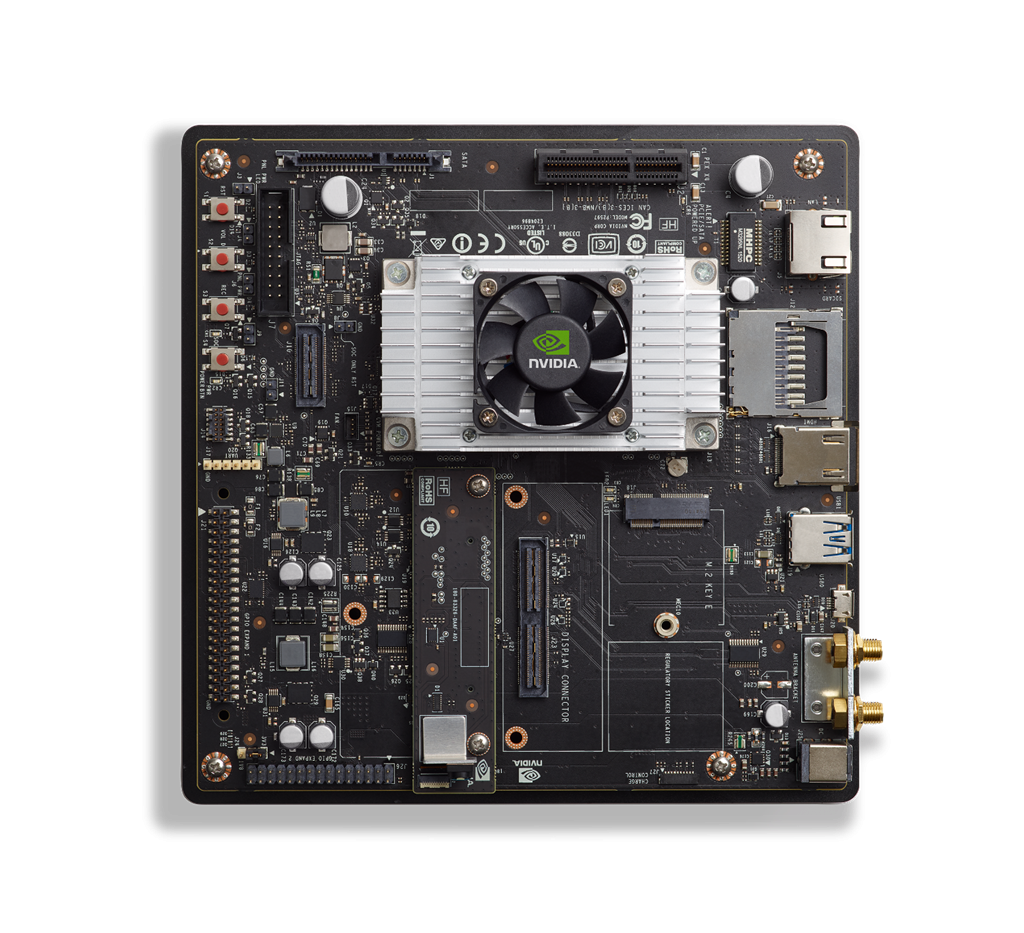Jetson HAT Design V1.0
Writing In Progress
Idea
The idea of a Jetson HAT comes from the common name of Raspberry Pi HATs (Hardware Attached on Top).
Goals
- Create a PCB HAT for the Jetson carrier.
- Create a compact and versatile board to interface sensors with.
- Create a simple power distribution system for sensors and for the Jetson carrier board.
Design
Physical
Overall size
The Jetson TX2 carrier board has overall dimensions of 170 mm x 170 mm (6.7 in x 6.7 in). The mounting screws for the carrier board are also located at three of the four corners, forcing the use of a very large PCB for the HAT. We felt that matching the size of the carrier board would also help us with laying out all the components we want to include on the PCB.
Interferences
The Jetson TX2 carrier board has a few ports that cannot be blocked by the HAT design. These include:
- SATA interface
- PCIE interface
- Power and reset buttons
The carrier board also has a large heatsink that protrudes from the middle of the board to cool the TX2 module. This required us to make a large cutout in the center of the PCB.
Electrical
Power
One of the goals of the board was to clean some of the power distribution of smaller components on the robot. This includes the power supply of the Carrier board that the HAT is attached to. The carrier board comes with a power supply rated for 19v 4A, this definitely includes a large overhead as the board normally only draws about 7.5 watts. However, as more peripherals are attached to the carrier it can draw more power.
Going off the idea that the carrier board is provided with a 76-watt power supply we want to be able to provide at least that much power to the carrier from our HAT design if possible.
USB-C PD 3.0
One idea is to utilize the growing USB-C PD 3.0 standard to allow for 100 watts of power delivery by battery packs and basic wall chargers.
If the board is to be powered using the 3.0 standard then it cannot exceed 100w of power draw.


No Comments